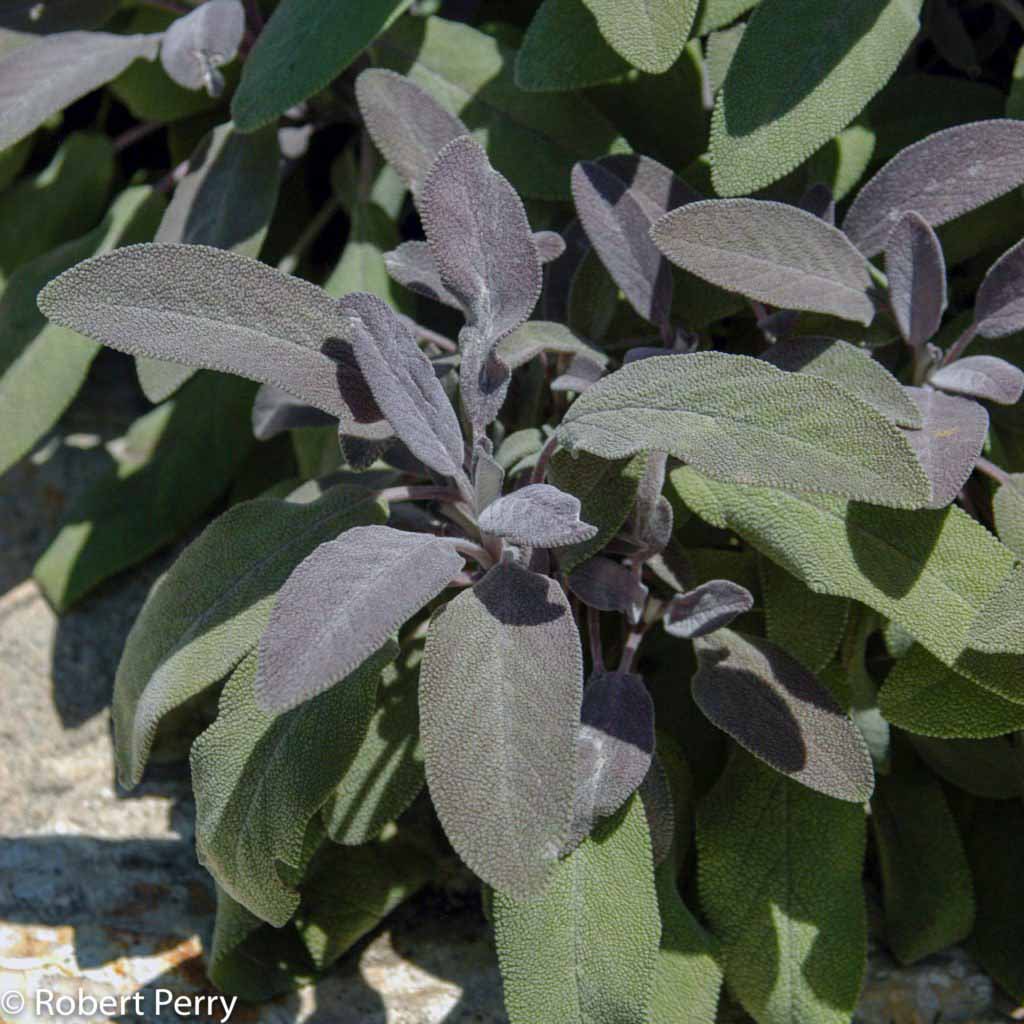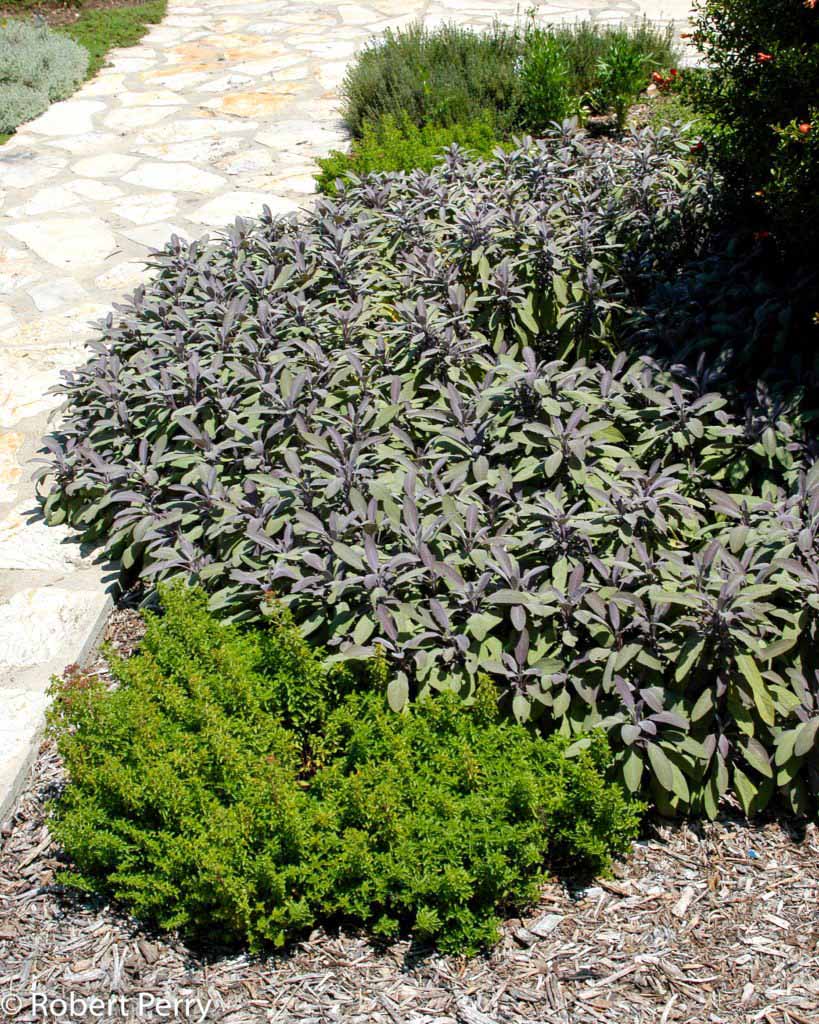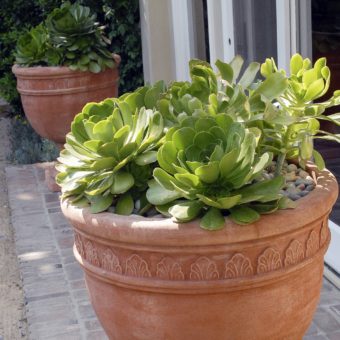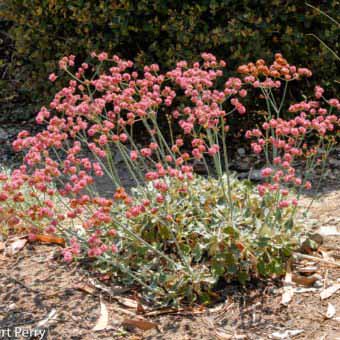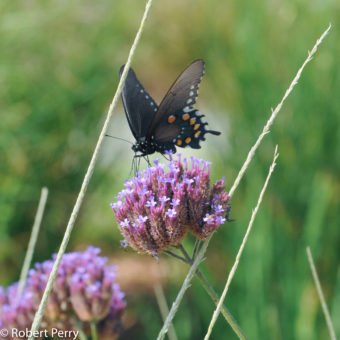Purple garden sage is a small herbaceous perennial herb that grows with a mounding habit, 18-24 in. tall and 2-3 ft. wide. Purple leaves with red new growth mature to a pale green. Leaves grow 3-4 in. long, have distinctly textured surfaces and are aromatic when crushed. Colorful spikes of pale to deep blue flowers occur in early spring for an attractive seasonal display.
Purple garden sage is one of the signature Mediterranean plant species from Europe that is principally known for its culinary and medicinal values. However, both the species and several attractive cultivars are widely available and can be excellent foliage and flowering accent plants in perennial gardens, containers and along pathways. Their size and adaptability makes them well suited to small spaces and for culinary gardens. They grow best in full sun, on coarse and well-drained soils and with reduced moisture through summer months.
All types of garden sage are fast growing and short-lived, perhaps 3-4 years. However, they are easy to grow, require little care and offer a range of attractive foliage colors for a variety of garden situations.
